In an era of increasing environmental awareness, every choice matters, especially the single-use items we often overlook. The humble salad bowl is getting a sustainable makeover, moving away from plastic towards a more eco-friendly future. At the forefront of this shift is the Kraft paper salad bowl, a product that combines practicality with a powerful planet-positive message. This article delves deep into the world of these compostable containers, exploring their benefits, uses, and how they represent a simple yet significant step in reducing our environmental footprint one meal at a time. Join us as we unpack everything you need to know about making the switch to a greener way to enjoy your meals.
5 Compelling Reasons to Switch to Kraft Paper Salad Bowls
The transition from traditional plastic or styrofoam containers to kraft paper alternatives is driven by a confluence of environmental, practical, and even aesthetic factors. While the ecological benefit is the most prominent, it is far from the only advantage. These bowls are designed not just to be disposable, but to be responsible, offering a user experience that rivals and often surpasses that of their plastic counterparts. From their natural, rustic appeal that enhances food presentation to their surprising durability when constructed correctly, kraft paper bowls are a multifaceted solution for the modern, conscious consumer and business alike. They represent a tangible answer to the growing demand for products that align with a values-driven marketplace, where sustainability is no longer a niche preference but a mainstream expectation.
- Superior Eco-Friendliness: Made from a renewable resource (wood pulp) and often biodegradable and compostable, they break down naturally, unlike plastic which can persist for centuries.
- Reduced Carbon Footprint: The production process generally consumes less energy and results in lower greenhouse gas emissions compared to plastic manufacturing.
- Natural and Non-Toxic: Free from the chemicals often found in plastics (like BPA) that can leach into food, especially when heated.
- Brand Image Enhancement: Using these bowls signals a commitment to sustainability, strengthening your brand's appeal to eco-conscious customers.
- Excellent Versatility: Suitable for cold salads, hot foods (when lined or coated appropriately), and are perfect for catering, events, and daily takeout.
What to Look for in a High-Quality Compostable Bowl
Not all kraft paper bowls are created equal. To ensure you're getting a product that truly meets environmental and performance standards, it's crucial to understand the key differentiating factors. A high-quality bowl must strike a balance between its green credentials and its functional integrity—no one wants a bowl that fails before the meal is finished. Key certifications are the most reliable indicator of a product's authenticity, providing third-party verification of claims like compostability. Furthermore, the construction of the bowl, including its lining and thickness, directly impacts its suitability for different types of food and its overall durability. Investing time in selecting the right product will prevent mishaps and ensure a positive experience for the end-user.
- Certifications Matter: Look for official certifications like BPI (Biodegradable Products Institute), TÜV Austria OK compost HOME, or USDA Certified Biobased. These labels guarantee the product will break down in industrial composting facilities.
- Grease Resistance: For salads with oily dressings or hot foods, ensure the bowl has a PLA (polylactic acid) lining or a water-based coating. PLA is a bioplastic derived from corn starch that makes the bowl leak-resistant without using harmful PFAS chemicals.
- Sturdiness and Design: Opt for bowls with reinforced bases and double-walled construction. This prevents sagging and makes them easier to hold, especially for larger portions.
- Sourcing and Sustainability: Choose products made from recycled content or from pulp sourced from sustainably managed forests (FSC or PEFC certified).
| Feature | What to Look For | Why It's Important |
| Material | 100% unbleached kraft paper, post-consumer recycled content | Reduces environmental impact, maintains natural aesthetic |
| Lining | PLA bioplastic or aqueous (water-based) coating | Provides grease resistance without toxic PFAS "forever chemicals" |
| Certification | BPI Certified Compostable, OK compost HOME | Verifies authentic compostability in facilities or home piles |
| Construction | Double-walled, reinforced bottom | Enhances durability and prevents leaking or collapsing |
Kraft Paper Bowls vs. Other Materials: A Clear Comparison
To truly appreciate the value proposition of kraft paper bowls, it is essential to contextualize them within the broader landscape of food packaging options. Each material, from traditional plastic to emerging alternatives, carries its own set of trade-offs between cost, performance, and environmental impact. Plastic, while cheap and durable, poses a monumental waste problem. "Compostable" plastics often require specific industrial conditions to break down. Aluminum is highly recyclable but energy-intensive to produce. By comparing these options side-by-side, the unique middle ground that kraft paper bowls occupy becomes evident: they offer a significantly reduced environmental footprint without sacrificing the convenience and functionality that food service demands.
- vs. Plastic: Kraft paper is biodegradable and compostable; plastic is not. Plastic contributes to ocean pollution and landfill overload, while properly certified kraft paper returns to the earth.
- vs. Styrofoam (Polystyrene): Styrofoam is notoriously non-biodegradable and difficult to recycle. Kraft paper is a far more sustainable and aesthetically pleasing option.
- vs. Bagasse (Sugarcane Pulp): Both are excellent compostable options. Bagasse is often considered slightly more durable for very hot and wet foods, while kraft paper has a more classic, natural look.
- vs. PLA "Compostable" Plastic: While PLA is derived from plants, it typically requires an industrial composting facility to break down. Many kraft paper bowls with PLA lining are designed to compost entirely in the same facilities.
| Material | Environmental Impact | Best For | Key Consideration |
| Kraft Paper | Biodegradable, Compostable, Renewable | Cold salads, deli items, baked goods, branded events | Check for grease-resistant lining |
| Traditional Plastic | Persists for centuries, Pollutes ecosystems | N/A (phasing out) | High long-term environmental cost |
| Styrofoam | Non-biodegradable, Difficult to recycle | N/A (banned in many regions) | Poor environmental profile |
| Bagasse | Compostable, Made from waste product | Hot foods, wet dishes, microwave use | Great all-around compostable alternative |
| PLA Plastic | Compostable (industrial facilities only) | Cold drinks, packaging | Requires specific disposal conditions |
Creative Uses for Kraft Paper Salad Bowls Beyond the Salad
The versatility of kraft paper salad bowls extends far beyond their namesake dish. Their natural, sturdy, and compostable nature makes them an ideal choice for a myriad of applications in both domestic and commercial settings. For the home user, they can transform entertaining and daily routines into zero-waste events. For businesses, they offer a cohesive and sustainable packaging solution that can be used across multiple product lines, reinforcing a brand's eco-friendly identity. Their neutral brown color provides a perfect "canvas" that makes food look appealing and authentic. Unleashing creativity with these bowls can maximize their value and further justify the switch from conventional packaging.
- Party and Event Hub: Perfect for serving snacks like chips, popcorn, and nuts at parties. They are also great for ice cream sundaes, dessert parfaits, and holding individual portions of condiments.
- Household Organization: Use smaller sizes to organize drawers, desk accessories, craft supplies, or as a temporary holder for small household scraps before composting.
- Retail and Market Packaging: Ideal for bakeries (pastries, muffins), farmers' markets (berries, nuts, dried goods), and delis (olives, salads, side dishes).
- Planting Starter Pots: Their compostable nature makes them excellent biodegradable pots for starting seedlings. Once the plant is ready, the entire pot can be planted directly into the soil.
How to Dispose of Compostable Bowls Responsibly
Understanding end-of-life disposal is the final, critical step in ensuring your choice of a kraft paper salad bowl is truly sustainable. The compostability of these bowls is their greatest asset, but it requires correct action from the consumer. Simply tossing them into a recycling bin can contaminate the recycling stream, while sending them to a landfill negates their primary benefit, as they may not break down efficiently without oxygen. The ideal destination is a commercial composting facility, where conditions of heat, moisture, and microbes are optimized to break them down into nutrient-rich soil. For those without access to such facilities, home composting might be an option for certain products, though the process will take longer.
- Industrial Composting (Best Option): If your community offers curbside compost collection or has a drop-off facility, this is the preferred method. Ensure the bowl is certified for industrial composting.
- Home Composting (Check First): Some bowls, particularly those without a PLA lining or certified for "home composting," will break down in a active, well-maintained home compost pile. This process can take several months.
- Trash (Last Resort): If no composting options are available, disposal in the trash is the only alternative. While not ideal, it is still a better choice than plastic, as the paper is derived from a renewable resource.
- Never Recycle: Do not place compostable bowls in the recycling bin. Their composition and potential food contamination can disrupt the recycling process for paper and cardboard.
Frequently Asked Questions (FAQ)
Are kraft paper salad bowls microwave safe?
This is a common concern, and the answer requires careful attention. Generally, plain, uncoated kraft paper bowls should not be microwaved as they can become very hot, potentially burn, or even catch fire due to the high temperatures. However, many modern compostable kraft paper bowls are designed with a microwave-safe bioplastic lining (like PLA). You must always check the manufacturer's specifications on the packaging. Look for an explicit "microwave safe" label. Even if safe, it's always best to microwave in short intervals and avoid using them with extremely oily or fatty foods for extended periods, as this can cause the bowl to weaken.
Can kraft paper bowls hold liquid-based salads like potato salad?
Yes, but with a crucial caveat. The ability to hold wet or oily foods depends entirely on whether the bowl has a grease-resistant barrier. High-quality compostable bowls achieve this with a lining made from PLA (a corn-based polymer) or an aqueous (water-based) coating. These linings prevent the paper from becoming soggy and leaking for a sufficient amount of time—typically long enough for a meal. Always verify that the product description mentions leak resistance or is suitable for wet foods. For extremely liquid-heavy dishes, a container with a lid might be a more secure option.
What is the difference between biodegradable and compostable?
While often used interchangeably, these terms have distinct meanings. Biodegradable is a broad term meaning a material will eventually break down naturally through biological processes. However, it sets no timeframe and leaves no specification about what it breaks down into—it could leave behind microplastics or toxins. Compostable is a stricter standard. A compostable material will break down into natural elements (water, carbon dioxide, and biomass) within a specific timeframe (usually a few months) in a composting environment, leaving no toxic residue. The resulting compost is beneficial for soil. Therefore, compostable is the more meaningful and reliable certification for eco-friendly products.
Where can I find industrial composting facilities that accept these bowls?
Access to industrial composting is growing but still varies greatly by location. The best starting point is to check the website of your local city or county waste management authority. They will have information on what is accepted in local green bins or at drop-off facilities. You can also use online locator tools provided by certification bodies like the Biodegradable Products Institute (BPI). Simply enter your zip code on their website to find nearby facilities that accept products bearing their certification seal. If no local options exist, consider advocating for community composting programs.

 English
English Español
Español عربى
عربى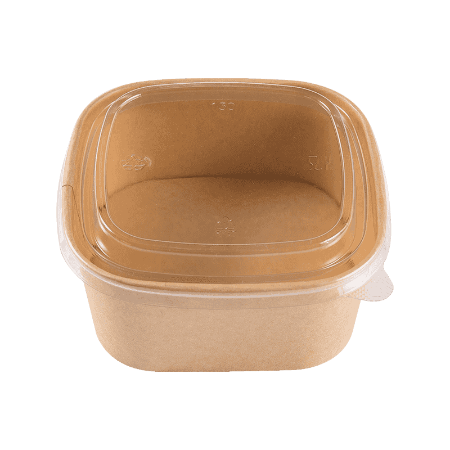
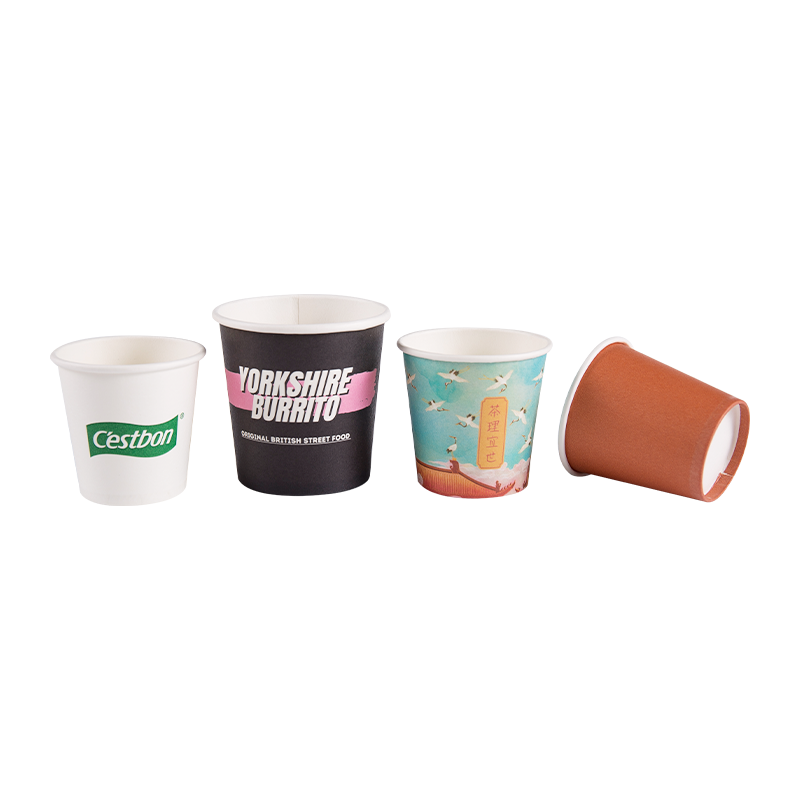
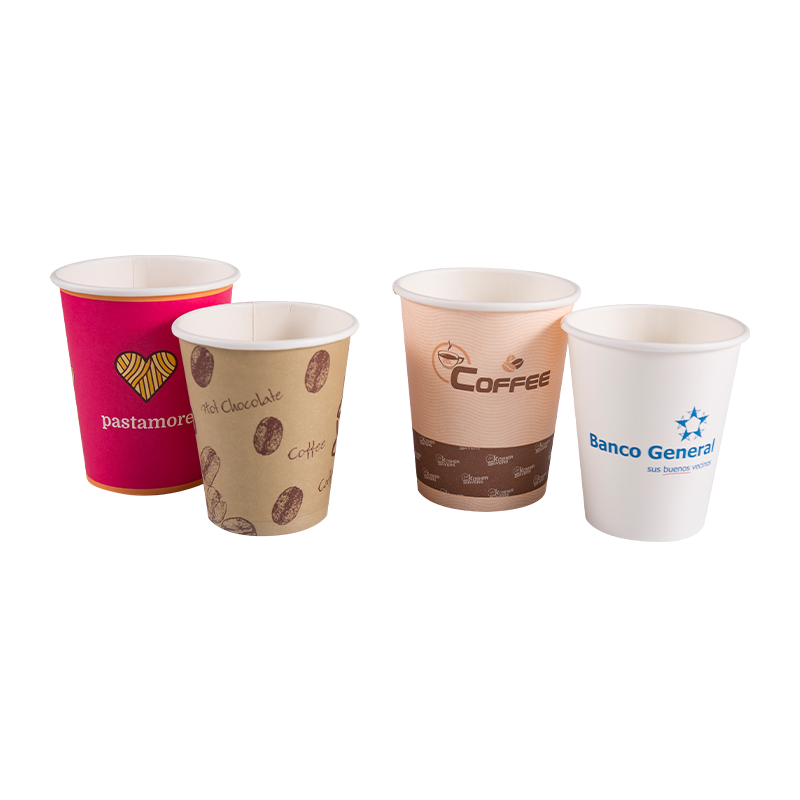
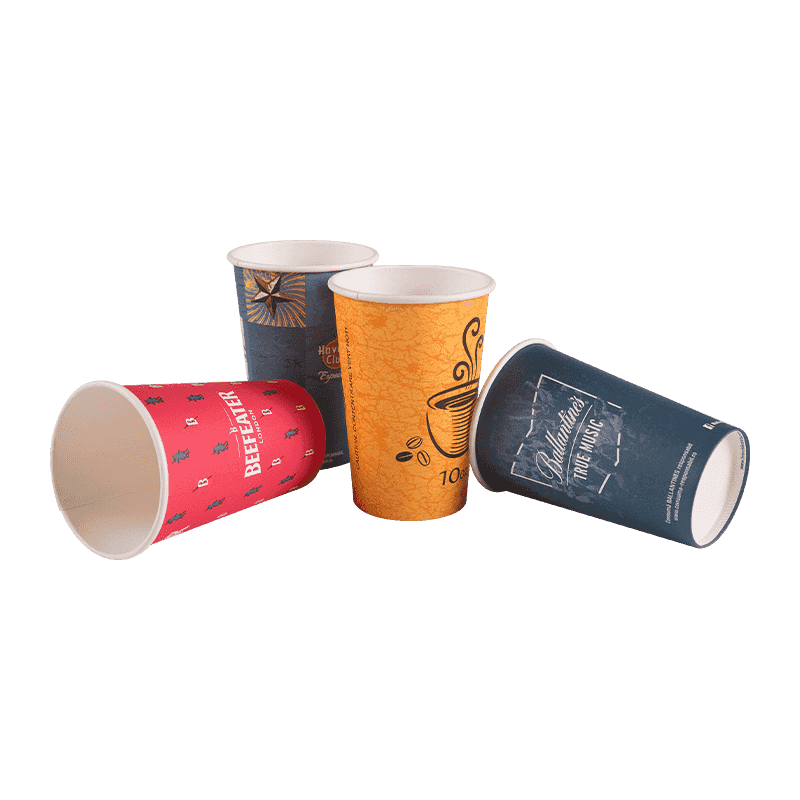
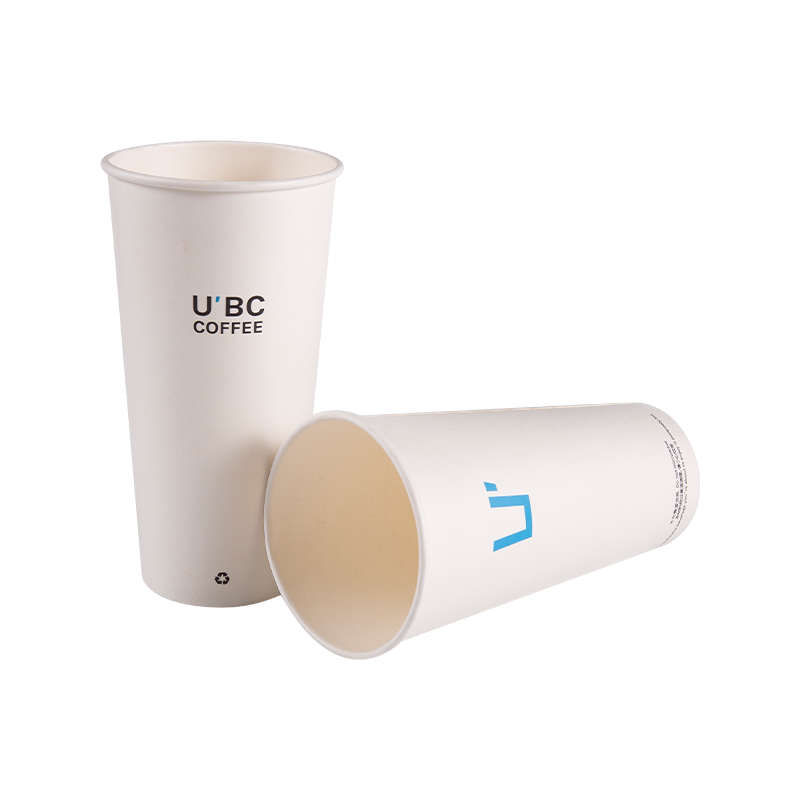
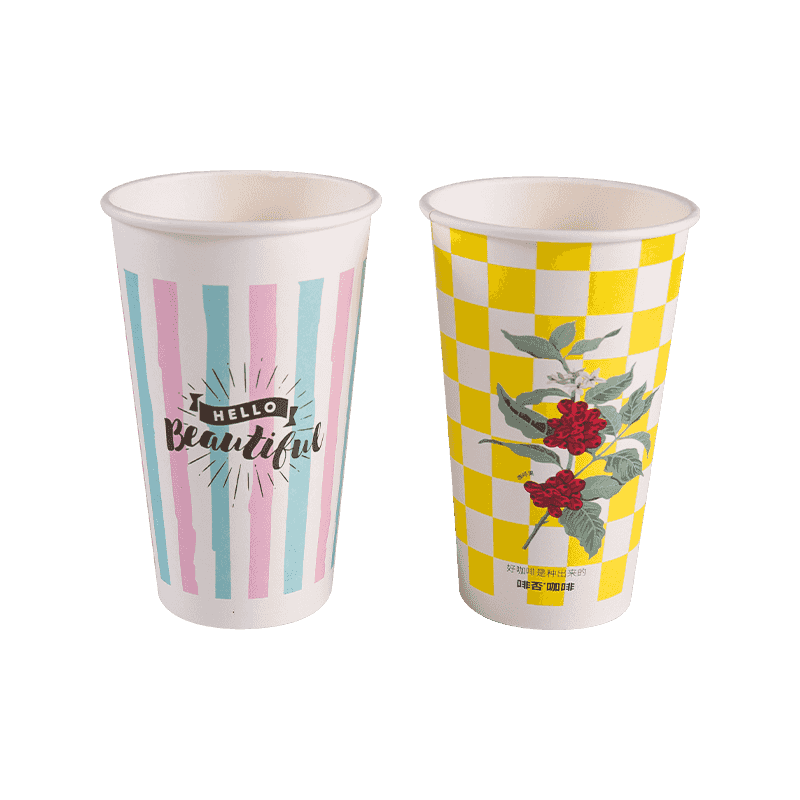
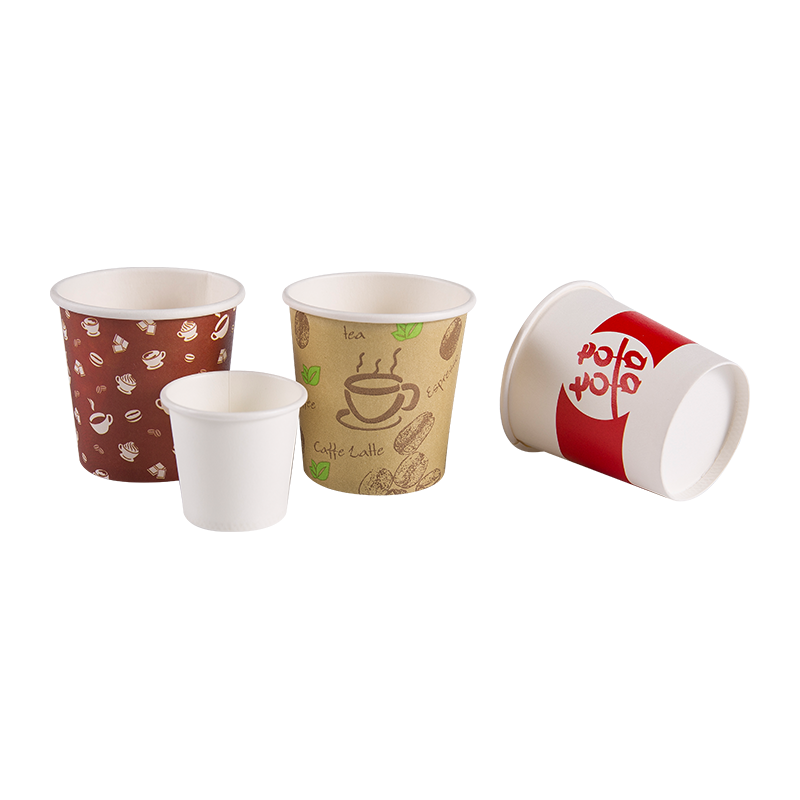
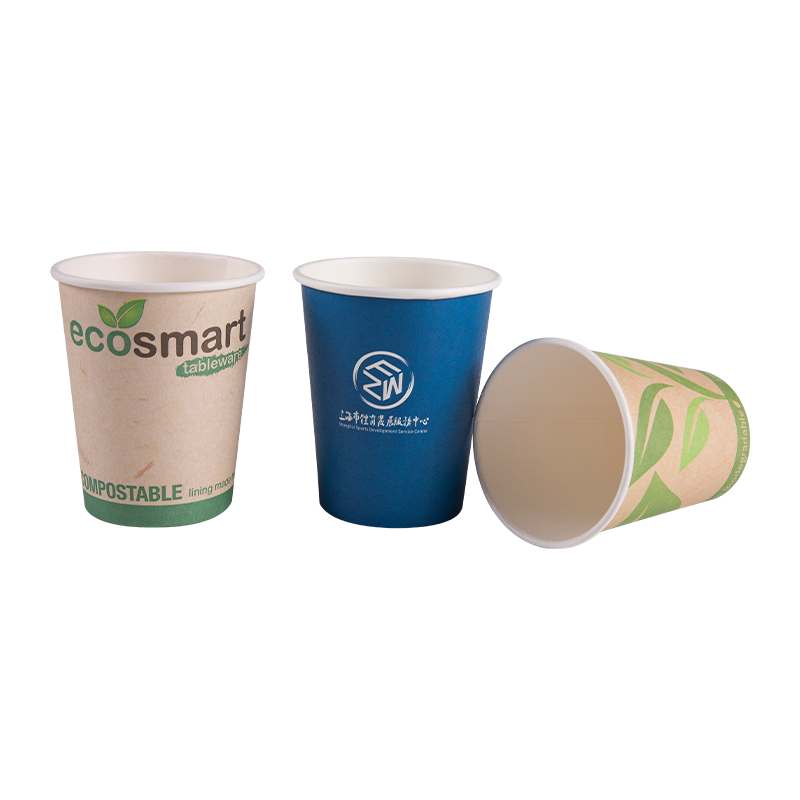
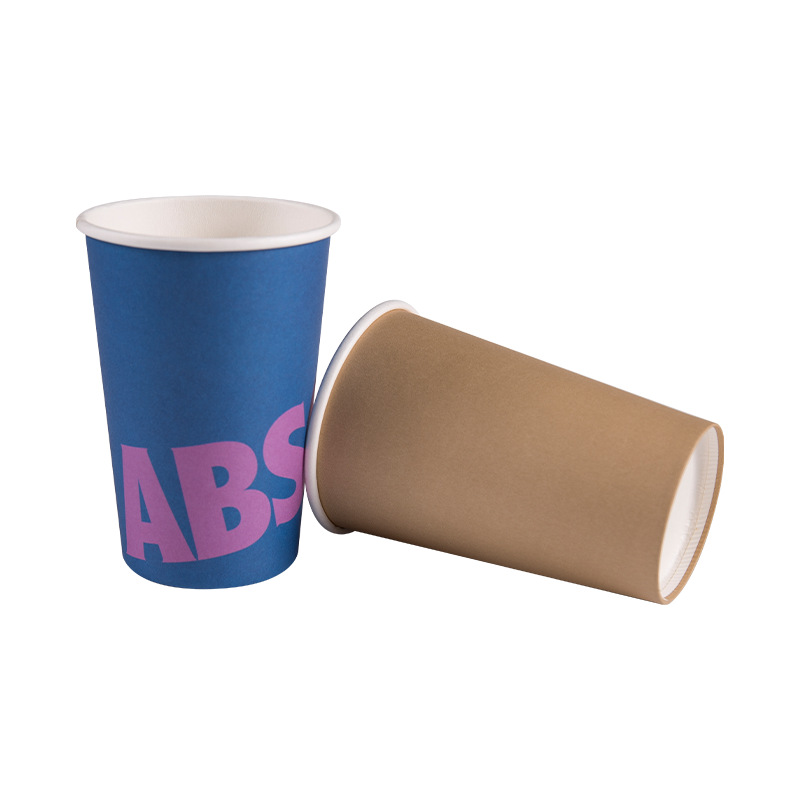
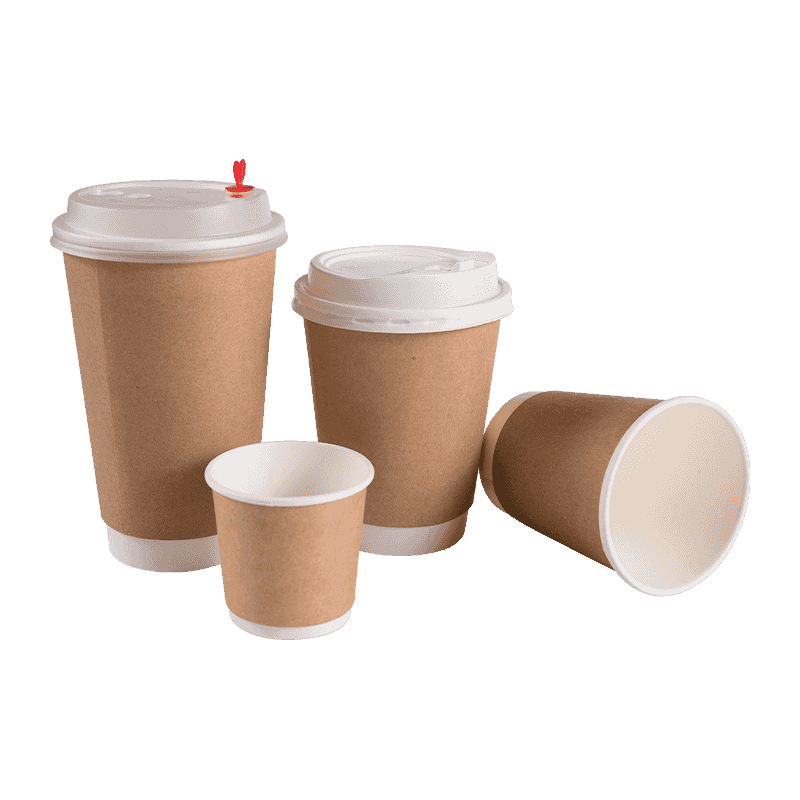
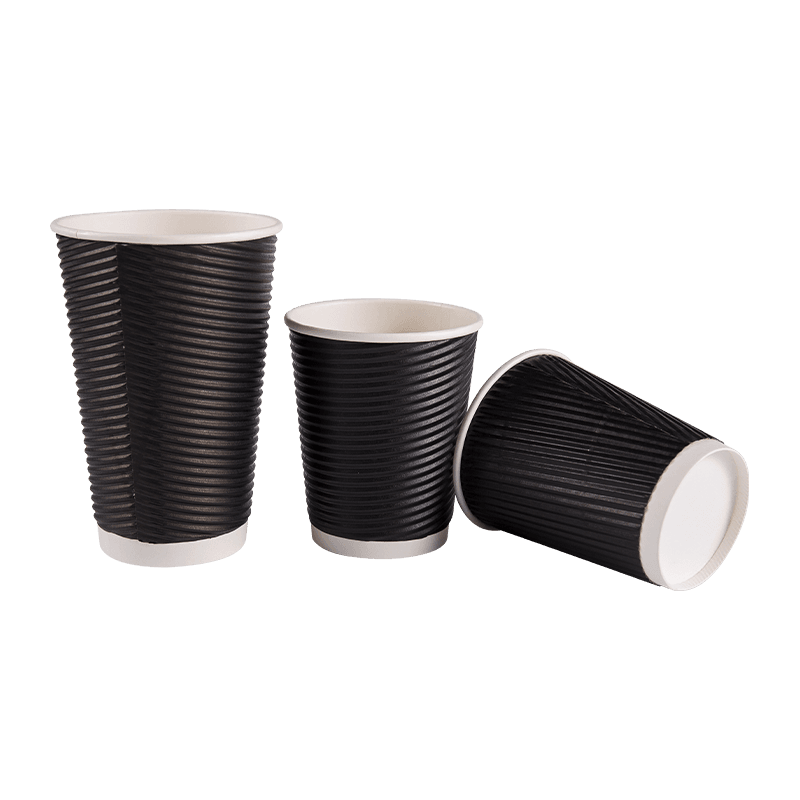

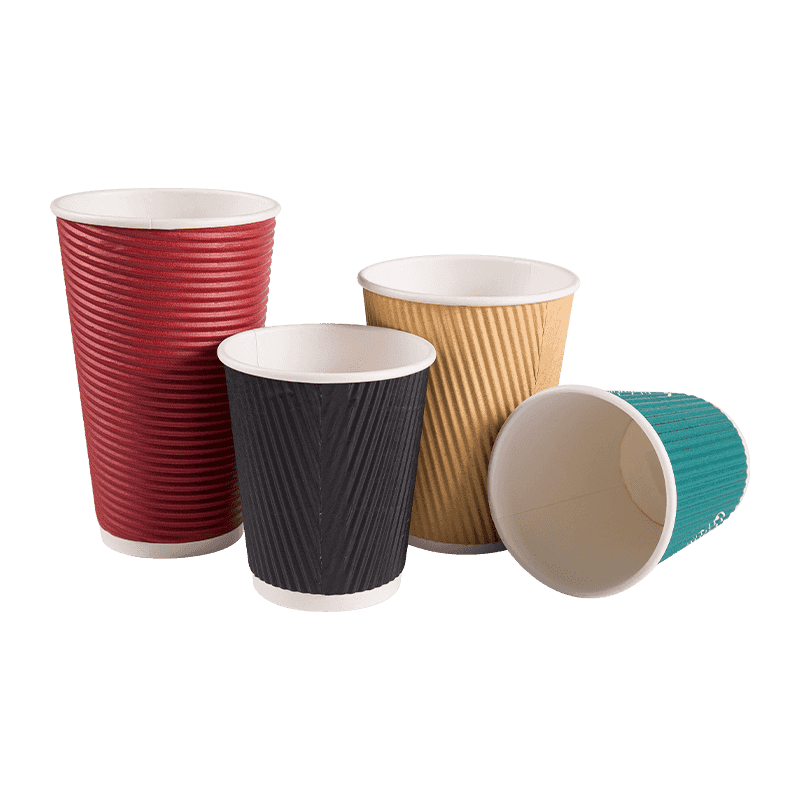

 +86-0563-8029081
+86-0563-8029081
 +86-0563-8029081
+86-0563-8029081 No. 12 Sanxi Road, Xinqiao Development Zone, Jingde Country, Xuancheng City, Anhui Province.
No. 12 Sanxi Road, Xinqiao Development Zone, Jingde Country, Xuancheng City, Anhui Province.